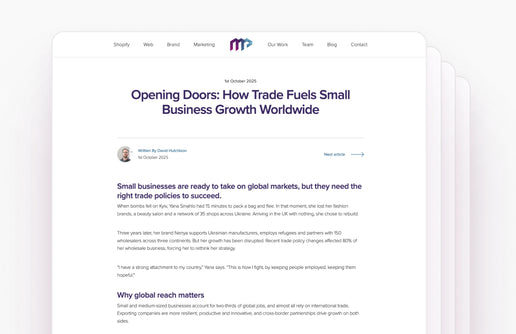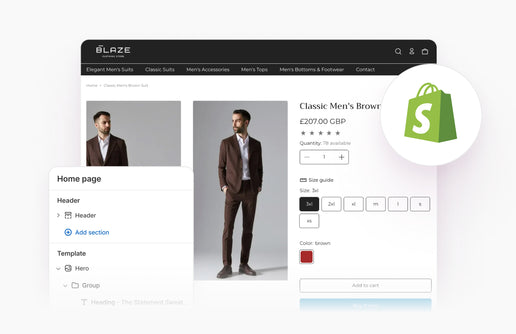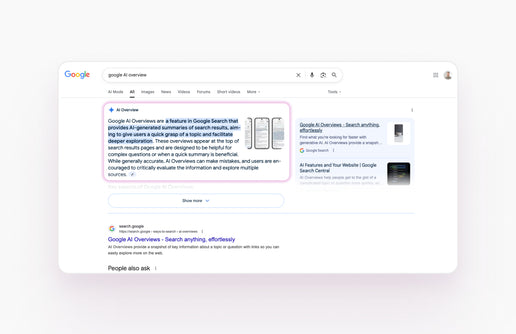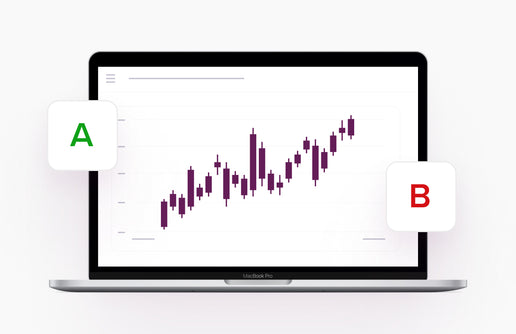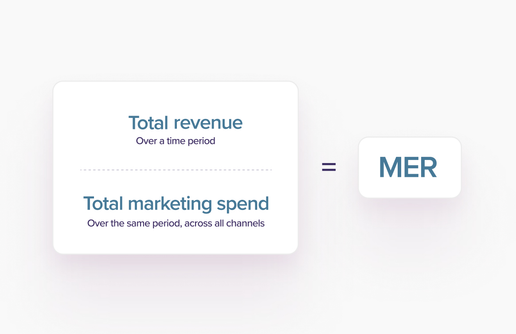Email deliverability is a crucial metric that digital marketing agencieslike us at Mucky Puddle closely monitor. Rising even more in relevance, from February 2024 Google and Yahoo enforced new email sender requirements placing key emphasis on good email deliverability. Ensure your emails follow deliverability best practices–and actually end up in your customers’ inboxes–by following this helpful guide.
Contents
1. What is email deliverability?
a. Open rate
b. Click rate
c. Bounce rate
d. Spam complaint rate
e. Unsubscribe rate
2. Steps to improve your email deliverability
3. How can Mucky Puddle help you?

What is email deliverability?
Email deliverability is the ability of the emails sent from your domain to make it to the recipient’s inbox. It’s not a guarantee that every email you send will end up there, as Internet Service Providers (ISPs) have certain measures in place to protect recipients from spam or dangerous emails. For instance, high spam complaints or bounce rates associated with your domain will lower your email deliverability and exponentially increase the chances of filtering straight into spam.
Email deliverability is calculated by a range of factors, including:
- Open rate
- Click rate
- Bounce rate
- Spam complaint rate
- Unsubscribe rate
To learn how to improve your email deliverability, first we need to understand what we mean by those terms.
Open Rate
Open rate is an estimated metric calculated by the number of emails sent vs the number of unique opens that email got. Take this metric with a pinch of salt, as it’s not possible to get an absolute figure.
At a minimum your open rate should be at least 25%, but ideally we would like to see results in the 40-50% region, as this indicates an engaged audience.
To improve your open rate, review factors such as your subject lines, email frequency, focus and segmentation, which we’ll expand on later in this article.
Click Rate
Click rate is the number of people who clicked a link in your email out of the total number of people who received it. NB: this is different from click through rate (CTR), which narrows further into how many people clicked a link in your emails vs the total number of opens.
A good click rate again indicates an engaged audience, and should sit somewhere around and above 2.5%.
There are many ways you can aim to improve your click rate, such as ensuring your email design includes clear and prominent calls to action (CTAs), and your messaging is targeted and relevant to your audience.
Bounce Rate
When an email bounces, it has not delivered as it should have. Bounces can be further broken down into soft bounces and hard bounces.
Hard bounces denote an email address wholly unable to receive any emails, such as an invalid email address that doesn’t exist. This is a permanent issue, and most reputable email marketing platforms will automatically clean these addresses from your list in the first instance.
A soft bounce is a temporary inability for an email address to receive emails, and can occur for many reasons outside your control (i.e. the inbox is full, or the email service provider is down). However there are some instances when an email soft bounces due to your own actions, for example the email you sent is too large, or has been blocked due to its content.
The occasional soft bounce is nothing to worry about (though should always try to be avoided), but email addresses that regularly soft bounce when you email them can be cause for concern. Depending on your email marketing platform anything from 7 to 15 repeated soft bounces will automatically cleanse the email address from your list, as a high bounce rate has negative implications for your sender reputation. An acceptable bounce rate should be less than 0.4%, and anything higher than that requires some immediate attention in the way of list cleansing and consent gathering - more on that later.
Spam Complaint Rate
Your spam rate is measured by the number of people that marked your email as spam out of the total number of emails delivered.
When someone marks an email as spam, it can demonstrate to their inbox provider you are sending marketing emails to people who do not wish to receive it, or that you are actually sending spam. A consistent and high spam complaint rate is incredibly detrimental to your sender reputation, and can dramatically reduce your email deliverability to the point where most of your messages automatically go straight to many people’s spam folders, bypassing the inbox altogether.
Ensure your spam complaint rate is below 0.3%, as this is one of the new sender requirements being enforced by Google and Yahoo in February (but long considered to be an email deliverability best practice).
If you find your spam complaint rate exceeds this figure, take immediate action to make certain that you are only emailing subscribers, make unsubscribing simple, avoid spammy content and subject lines, implement list cleansing or better yet, get in touch for specialist advice and a bespoke email strategy.
Unsubscribe Rate
Your unsubscribe rate is a measurement of how many people unsubscribe from your emails, either from campaigns or preference pages. A degree of unsubscribing is to be expected–think of how often you yourself unsubscribe from mailing lists–and ultimately it’s a good thing that people who don’t want to hear from you, don’t hear from you.
However, a high or rapidly rising unsubscribe rate suggests you are sending people messages they don’t want to receive, or worse, never signed up to receive, increasing the chances your messages land in spam in the future.
As a rule, a healthy unsubscribe rate is less than 0.2%, so if your unsubscribe rate is higher than this it’s time to review your email strategy: maybe you’re sending emails too often and the recipient feels harassed, or that you could benefit from segmenting your audience based on topics or interests, or should consider implementing a cleansing programme that sunsets unengaged contacts.
Steps to improve your email deliverability
If you are concerned about your email deliverability, there are plenty of actionable steps you can take to improve yours. Ask yourself:
- Are you only emailing people who have explicitly signed up to receive marketing? The only acceptable answer is yes!
For enhanced assurance this is the case, consider switching on double opt-in, asking the new subscriber to confirm they want to hear from you. As well as reducing unsubscribes, this simultaneously mitigates the chances of invalid email addresses being added to your list, thus reducing your bounce rate too. A simple positive step to protect your email deliverability.
- Is it easy to unsubscribe?
And if someone unsubscribes, are they automatically globally unsubscribed across all lists? This is best practice, but also soon to be required.
- Do you monitor low engagement?
And by engagement, we mean how often someone opens and/or clicks the emails you send them. By monitoring low engagement, you can naturally sift out people at risk of unsubscribing before they do it, protecting your unsubscribe rate. We recommend implementing a cleanse automation, entering unengaged users into a journey that either prompts them to update their preferences, or sunsets their account after a period of low to no engagement.
- How often do your subscribers receive email marketing from you?
Too often? Not enough? Either answer can prompt higher unsubscribe rates. Think about how often brands email you, and at what point would push you to unsubscribe: too often and you feel spammed, not enough and you forget you ever signed up.
If you have multiple segments, be mindful as well of overlapping schedules for users in various camps, and turn on your email marketing platform’s equivalent to Klaviyo’s ‘smart send’ (which prevents people receiving concurrent emails in a specified timeframe).
- Is your email content tailored to the recipient? Do you allow people to set their own preferences? Is there variety to your campaigns?
By making sure you send people the content they want to receive, you’ll find unsubscribe rates drop, as well as an increase in engagement and return on investment - a win-win.
How can we help you?
We are a Glasgow-based full service digital marketing agency specialising in email marketing (among other things!). Whether it’s everyday campaigns, or bigger picture email strategy, our clients all can benefit from our expertise on email deliverability best practices. To find out more, get in touch with the team today.


